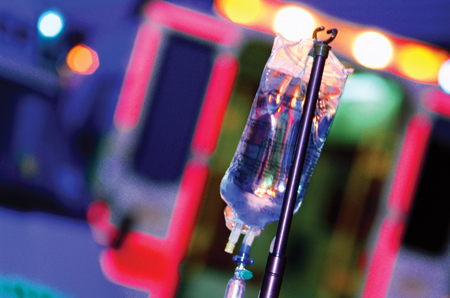Written by Teddi Fine
To grandma and grandpa, the fate of Humpty Dumpty who “took a great fall” takes on new and ominous meaning. Each year, around one third of older adults (age 65 and up) will have a fall. Many will suffer injuries that make it hard to get around or live alone. Like Humpty Dumpty, some will not be able to be “put together again”; over 14,000 adults will die as a result of fall- related injuries. Health care costs related to falls among older adults totaled over $19 billion in 2000. Direct and indirect costs associated with falls could rise above $40 billion by 2020, giving new meaning to the term “baby boom” generation. Without question, fall prevention has become critical from both human and economic perspectives.
Five years ago, Johns Hopkins Hospital and Johns Hopkins University School of Nursing researchers Stephanie Poe, MScN, RN, Elizabeth Hill, PhD, RN, and others began a fall safety initiative. The goal was to develop and implement a set of evidence-based methodologies that help health care professionals identify adults at greatest risk for falls. Reporting on their work to date in the October/December 2007 Journal of Nursing Care Quality, they describe the process of developing and testing the 8-part Johns Hopkins Fall Risk Assessment Tool, including not only pilot testing throughout The Johns Hopkins Hospital, but also the unique use of a “murder board” of clinical experts to “tear the tool apart.” The rigor with which Poe and her colleagues approached the creation of this important tool may well help explain the “high degree of acceptability” the Fall Risk Assessment Tool already has received by clinical users. The researchers plan to conduct further reliability and validity testing to help establish the instrument as a best practice in fall prevention. Their goal is to help end falls for everyone— except the characters in children’s poems.
 Acute Hypersensitivity Reactions: What Nurses Need to Know
Acute Hypersensitivity Reactions: What Nurses Need to Know Vigilando
Vigilando Alumni Weekend 2011
Alumni Weekend 2011







